- The Eurasian Economic Union, created for economic and political collaboration, is being driven predominantly by Russian interests;
- Internal challenges, such as Russia’s economic dominance and cultural diversity, impact the cohesion of the UEE;
- The war in Ukraine and the influence of China and India cast uncertainty over the future of the alliance;
The Eurasian Economic Union, led by Russia, has former Soviet countries as members for the purposes of economic and eventually political collaboration. As in the case of the European Union, the union from which it took inspiration.
But behind this vision of cooperation, there are challenges that threaten to undermine its cohesion, especially given the influence of China, India and the complex war in Ukraine.
Thus, the EEU faces an uncertain path, where political stability and the resolution of regional conflicts play crucial roles in its shaky destiny.

What is the Eurasian Economic Union and what are its objectives?
The Eurasian Economic Union (“Eurasian Economic Union” – EEU) is an organization formed by countries in Central Asia, Russia and Belarus. The union was founded in 2014 and its members are: Russia, Armenia, Belarus, Kazakhstan and Kyrgyzstan. The idea of the union is to create a kind of “economic team” so that they can work together and strengthen their economies.
The Union’s main objective is to create a single market, where people and companies can carry out financial transactions more freely, as if they were in a single country, so that it is easier to buy, sell and invest between member countries.
As an example, imagine that Russia has many refineries that produce oil and gas. She can share this with the other EEU countries so that everyone benefits. For example, it can sell gas to Armenia at a lower price than Armenia could buy elsewhere. This is good for Armenia, which saves money, and good for Russia, which makes money from sales.
Another objective is to remove trade barriers. For example, if Belarus manufactures something that Kazakhstan wants to buy without the Union existing, it could be difficult and expensive to do so because of different taxes and regulations in each country. So, the EEU simplifies these processes so that trade between countries is easier and more economical.
The most important purpose of the Single Economic Space is to promote market integration, facilitating the realization of the “four freedoms”, which would be: the free movement of goods, money, services and people within this market. This came into effect on January 1, 2015, when the Eurasian Economic Union was officially created.
What are the challenges that are eroding the Eurasian Economic Union?
The main challenge facing the Economic Union is Russia’s strong economic dominance over other countries. In 2020, the Russian economy represented more than 90% of the organization’s Gross Domestic Product (GDP).
This imbalance means that integration into the Economic Union is primarily guided by Russia’s interests. This often causes disputes between other member countries over economic issues because they may not agree with decisions that favor Moscow.
Furthermore, there are other factors that influence disputes of interest between Eurasian countries:
- Cultural and Political Diversity: Each country in Eurasia has its own traditions, language and way of governing. This makes it difficult to agree on common rules for everyone. For example, Russia has a centralizing approach, while Armenia values its independence. Other countries have a Muslim majority while Russia has an Orthodox Christian majority.
- Conflicting National Interests: Some countries fear that by uniting politically, their own voices will be overwhelmed. For example, Ukraine did not join the Eurasian Economic Union to preserve its independence and move away from Russian influence.
- Influence of External Powers: Countries such as Russia and the European Union compete for influence in the region. For example, Russia seeks to maintain its influence over neighboring countries, while the European Union seeks to expand its sphere of influence, as in Ukraine itself, which even flirted with joining the EEU.
- Security Issues and Wars: Territorial conflicts, insurgencies and terrorist threats affect the political stability of the region. For example, the war that unfolded between Armenia and Azerbaijan over the Nagorno-Karabakh region made political cooperation in the region difficult and removed Armenia from the bloc even though it was still legally part of it.
- Diverse Economic Challenges: While some countries, such as Russia, have strong economies, others, such as Tajikistan, face significant development challenges due to a lack of infrastructure and economic instability.
The result of so many conflicts of interest is that member countries’ trade with external countries – especially China – is increasing faster than with other members of the union itself.
In recent years, the high values of Chinese and United States investment far exceed investments between the countries of the Eurasian Union.
Furthermore, alliances between Union members and outside countries also lack coordination and harmonization.
For example, Armenia’s economic agreements with the United States and the European Union diverge from EEU requirements in several areas. Kazakhstan joined the World Trade Organization in agreeing to set customs rates lower than the “unified” rate required by the EEU, causing discrepancies.
In 2012, Russia even suggested the formation of a Eurasian Parliament to complement the Economic Union, so the members would be like the European Union, collaborating economically and politically.
However, the other members, who wanted to focus only on economic issues, did not accept this proposal – certainly the fear of losing their sovereignty to the Russian government was louder. Furthermore, Moscow also made a proposal to adopt a common currency, but it was also rejected.
All these factors demonstrate how the alliance is unlikely to have a future like that of the European Union and is, in fact, on the way to breaking down.
How can China and India help weaken the Eurasian Economic Union?
The already shaky Eurasian Economic Union could be even more at risk with the presence of China and India on the international board. Two Asian economic giants that have the potential to help undermine the EEU in some ways.
First, China is already known in Asia for its “Belt and Road” initiative, an ambitious infrastructure investment plan across the Eurasian continent. This could directly compete with the UEE’s interests, diverting trade and investment towards Chinese routes and partnerships, thus weakening the UEE’s economic influence in the region.
Furthermore, both China and India have strong trade relations with countries that are part of the EEU, such as Kazakhstan and Armenia. By strengthening bilateral commercial ties with these countries, they can reduce their dependence on the Russian alliance.
Another crucial point is India’s role as another geopolitical counterweight to Russia in the region. While Russia seeks to maintain its influence in Eurasia through the EEU, India can offer alternatives and partnerships to countries in the region, thereby weakening the cohesion and effectiveness of the EEU, offering new opportunities for cooperation, especially in sectors such as energy and infrastructure.
In this scenario, China and India have the resources and influence to challenge and weaken the Eurasian Economic Union, whether through direct competition for investment and trade, or by offering geopolitical and economic alternatives to member countries. This could lead to fissures in the cohesion of the UEE and a redistribution of economic power in the region.
What are the future prospects of the Eurasian Economic Union amid the war in Ukraine?
The war in Ukraine casts a shadow over the future of the Eurasian Economic Union in several ways. First, Russia itself, as the main driver of the EAEU, faces economic challenges due to sanctions imposed by the West in response to its invasion of Ukraine.
These sanctions directly affect the Russian economy and, by extension, could harm cooperation and stability within the EEU, especially since Russia holds 90% of the union’s GDP, as mentioned previously.
The war in Ukraine also generates uncertainty and distrust among its members. The fear of being absorbed by Russia, given its imperialist stance, worries many countries in the region.
The recent example of Belarus, pressured by Russia for greater political integration, raises warnings for other members of the EEU, who fear losing their national sovereignty by moving too close to Moscow.
Furthermore, even though it is not a member of the EEU, Ukraine plays a crucial role in regional geopolitics. The ongoing war in the country could indirectly affect the stability and cohesion of the EAEU, creating additional tensions between members and diverting resources and attention from integration efforts.
If Russia continues to push so hard to restore and strengthen its influence in post-Soviet countries, the Union’s member states may begin to resist further integration into the bloc.
This tension could disrupt the UEE’s recent attempts to conduct relations with the European Union on equal terms. Kazakhstan, Kyrgyzstan and Armenia are already seeking to establish bilateral economic relations with other parts of the world without relying exclusively on the EEU.
Therefore, the future prospects of the UEE are uncertain in the face of the war in Ukraine, even if the union continues to exist, its ability to achieve its integration and cooperation objectives are strongly shaken by geopolitical instability and distrust among members regarding the real intentions of the Russian President Putin.
Therefore, the resolution of the war in Ukraine and the possible end of concerns about Russian influence in the region, as well as Chinese, Indian influence and the recent alliance with the United States will be crucial in determining the future course of the Eurasian Economic Union.


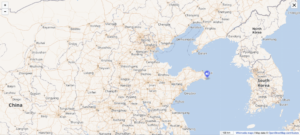

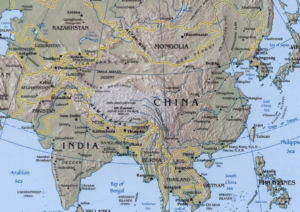



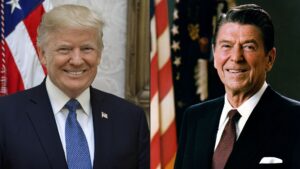
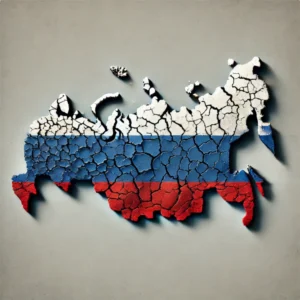
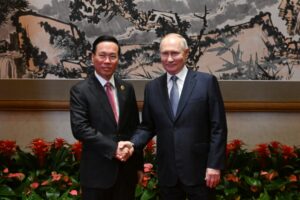
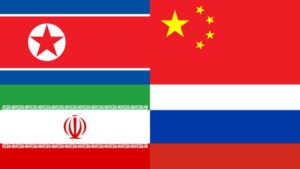
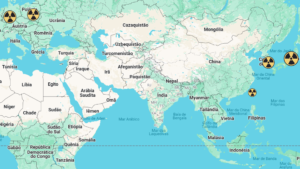


Be First to Comment